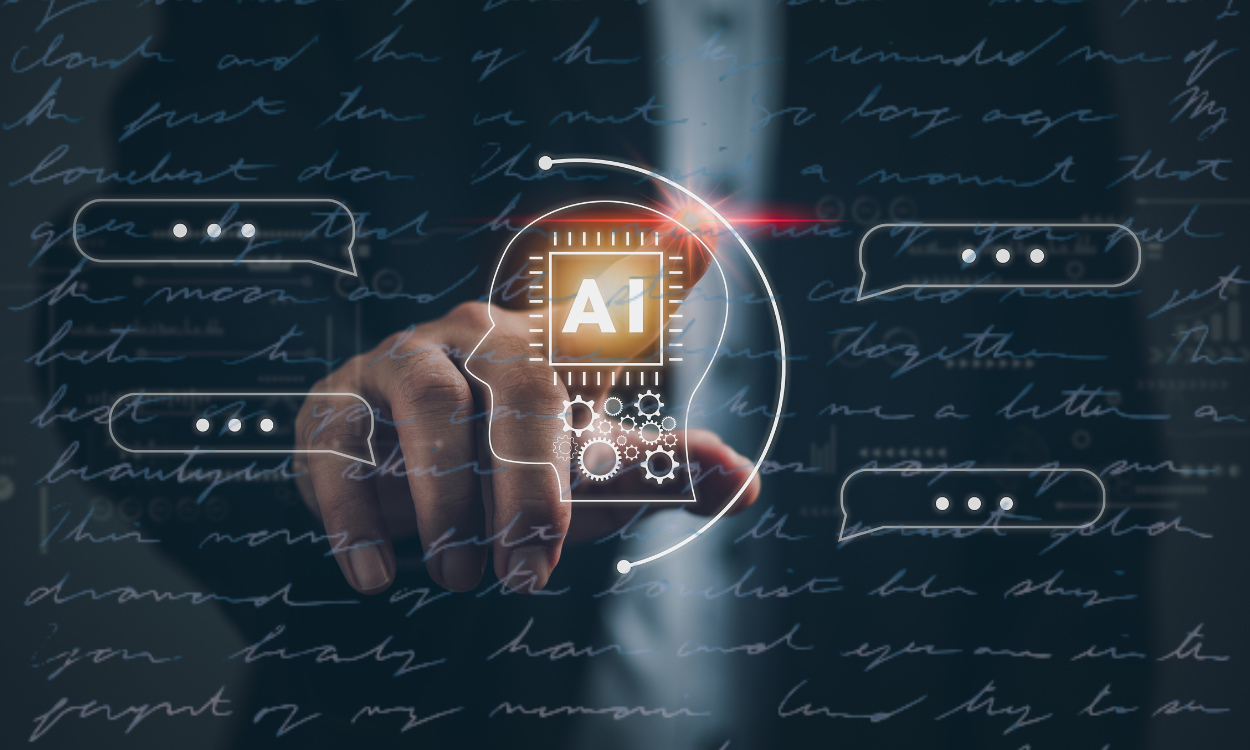Ever since the inception of ChatGPT, the field of artificial intelligence has experienced a surge in technological advancements, with the emergence of deepfake applications and websites becoming more prevalent. Alongside these developments, AI headshot generators and a variety of high-quality AI applications for smartphones have also come to the forefront.
Adding to this wave of innovations is a new AI technology that can imitate human handwriting, a significant achievement by researchers at Mohamed Bin Zayed University of Artificial Intelligence (MBZUAI) in Abu Dhabi.
The Process of Development:
The path to creating this revolutionary AI tool began as a simple exploration driven by curiosity, eventually evolving into a comprehensive project that led to the development of this remarkable technology.
In a press release following the discovery, the team of four researchers from MBZUAI detailed their approach. They found that traditional handwriting replication tools relied on the generative adversarial network (GAN) machine learning technique, which, while effective, struggled to capture the intricacies of human handwriting nuances.
Human handwriting is inherently distinct, characterized by unique letter spacing, composition, and stylistic elements that contribute to its individuality and personal flair.
To improve accuracy, the researchers chose to experiment with vision transformers, marking a pioneering use of this technology in emulating human handwriting styles.
“To effectively replicate an individual’s handwriting style, a comprehensive understanding of the entire text is crucial to capture the nuances of ligated characters, letter connections, and word spacing.” – Fahad Khan, Fellow Researcher
By utilizing vision transformers, they embraced a Handwritten Text Image Generation (HWT) approach. Subsequently, they conducted experiments with different sample sizes to validate the effectiveness of their innovation.
Assessment of Accuracy:
To assess the accuracy of their AI handwriting mimicry tool, the researchers compared it against three other AI handwriting generators. They then gathered feedback from 100 individuals to determine their preference among the options. Impressively, the majority (81%) favored the results produced by the latest HWT-based AI handwriting replication tool.
 Image courtesy: mbzuai.ac.ae
Image courtesy: mbzuai.ac.ae
The quality of the replicated handwriting surpassed our expectations, with participants unable to distinguish between the mimicked and actual handwriting—an affirming validation of its performance. – Salman Khan, Fellow Researcher
While the progress in this technology is remarkable, concerns have been raised regarding potential misuse, especially in activities like document falsification. However, the researchers are aware of these risks and are actively working on implementing safeguards to prevent such fraudulent practices. Additionally, they emphasize the tool’s usefulness in deciphering challenging scripts such as doctor’s handwriting, known for its complexity and ambiguity.
As we observe AI making strides in the realm of handwriting replication, it raises questions about the implications of this technological advancement. Feel free to share your thoughts on AI’s venture into mimicking human handwriting in the comments section below!






